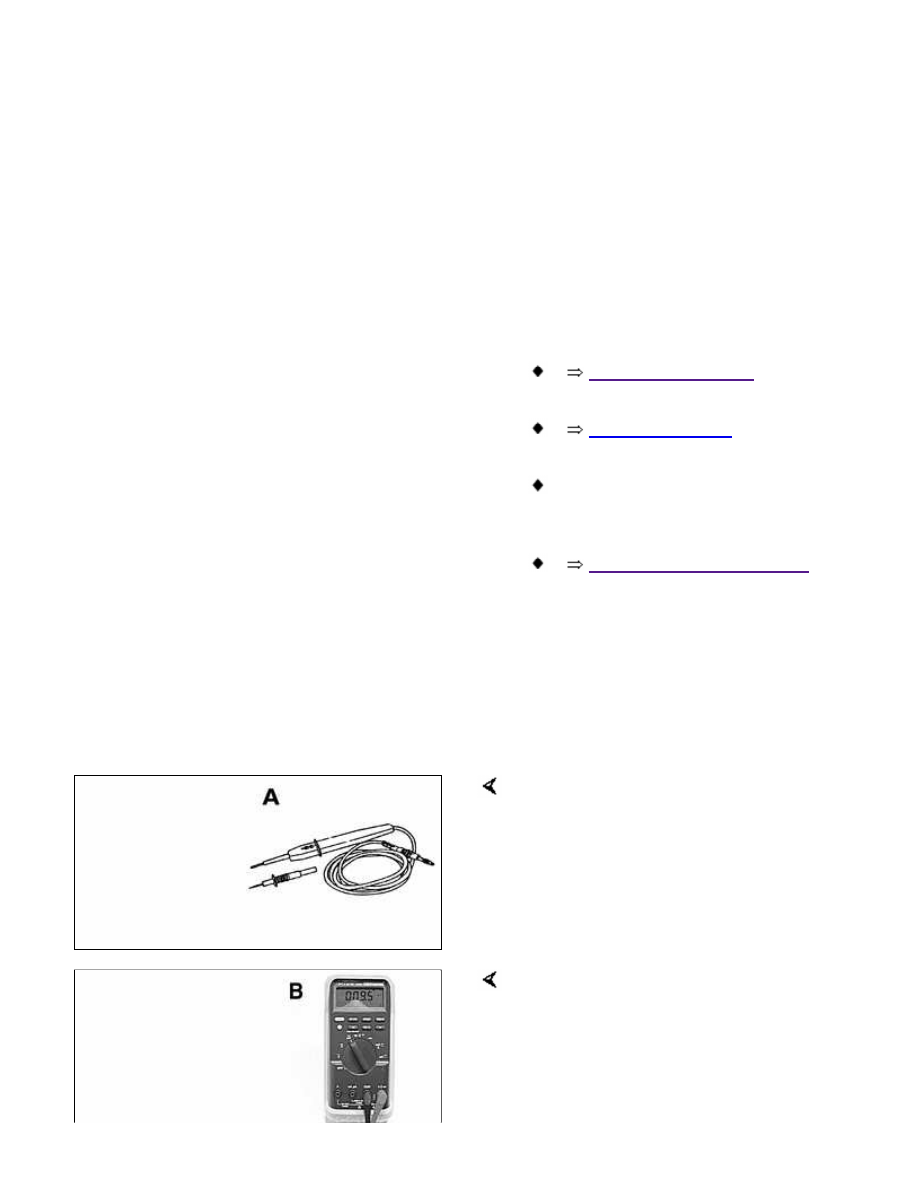BMW 3 (E46). Manual - part 75

120-1
General
This repair group covers component
replacement information for the ignition
system.
When diagnosing engine management
problems, including on-board
diagnostics (OBD II) fault code
analysis, also refer to these repair
groups:
100 Engine–General
130 Fuel Injection
Electrical Wiring Diagrams at the
rear of this manual
OBD On Board Diagnostics
at
the rear of this manual
Special tools
Owing to the coil-per-cylinder
configuration, system diagnosis and
testing requires special test equipment.
LED test light Baum 1115 (Source:
Baum Tools Unlimited)
Automotive digital multimeter Fluke 87